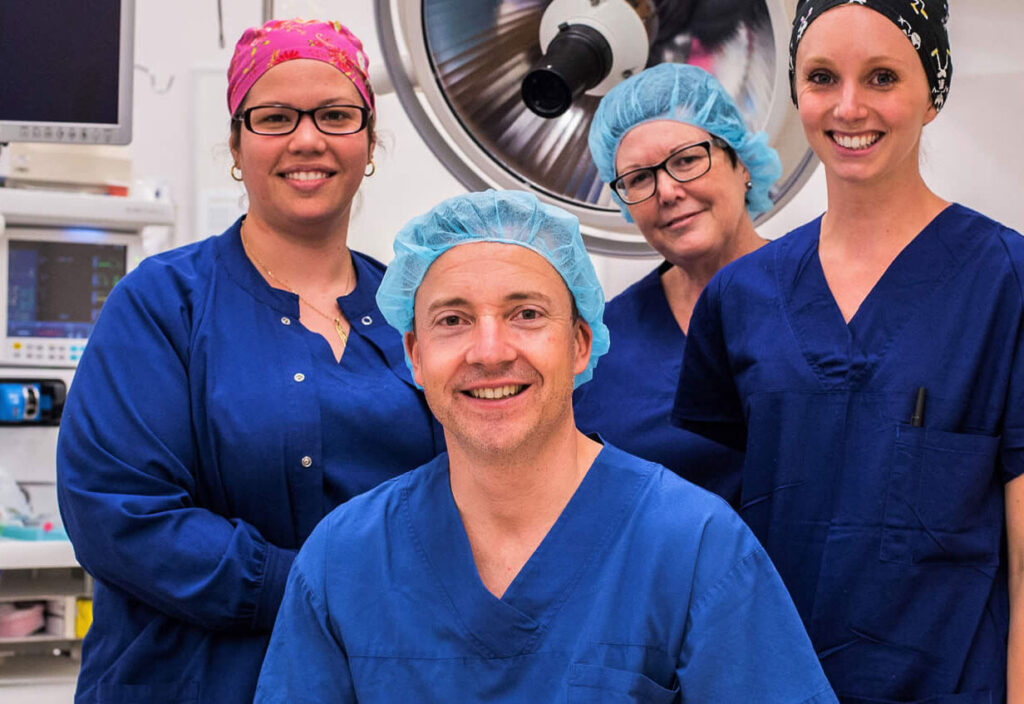
Advancements in Weight Loss Surgery with Dr Michael France
Over the past two decades, weight loss surgery in Australia has undergone a remarkable transformation. Back in the early 2000s, gastric banding — specifically Lap-Band surgery — was virtually the only surgical option for people struggling with obesity. While some experienced promising early results, the long-term outcomes were often disappointing, mainly due to complications from having a foreign device in the body, including reflux and intolerance to certain foods.
Everything changed around 2010 with the rise of Sleeve Gastrectomy, which rapidly overtook gastric banding as the most widely performed weight loss procedure not only across Australia but globally. Dr Michael France, an Australian and internationally trained general surgeon with a special interest in obesity surgery, was among the pioneers who introduced Sleeve Gastrectomy to Australia. Despite initial concerns about removing a section of the stomach, the procedure’s impressive weight loss outcomes and lower complication rates soon convinced many that it was a safer, more effective alternative.
Today, Sleeve Gastrectomy continues to be the most commonly performed weight loss surgery. However, newer techniques — particularly various forms of gastric bypass — have evolved, offering additional options for patients. The key point is that obesity is a highly individual condition: no single surgery suits every patient, as each person has unique health profiles, lifestyles, and goals.
Dr France believes strongly in a personalised approach. He performs the full spectrum of recognised bariatric procedures, including:
- Sleeve Gastrectomy
- Gastric Bypass (both Roux-en-Y and Single Anastomosis)
- SADI (a procedure that combines a Sleeve Gastrectomy with bypassing part of the small intestine).
Traditionally, weight loss surgeries were divided into restrictive operations, which limit food intake (e.g., gastric banding), and malabsorptive surgeries, which reduce calorie absorption (e.g., biliopancreatic diversion). Laparoscopic gastric bypass blends these two mechanisms, though with only mild malabsorption. Excitingly, recent research has shown that surgeries like laparoscopic sleeve gastrectomy and gastric bypass also impact gut hormones that regulate hunger. These hormonal shifts help patients feel full sooner and avoid persistent hunger, making it easier to stick to healthy eating habits — a factor now recognised as just as important as restriction or malabsorption alone.
It’s crucial to understand that there is no universal “best” procedure. For instance, a patient weighing 300 kg with a BMI over 80 and multiple obesity-related conditions has vastly different needs from someone who weighs 110 kg with a BMI of 35 but few additional health issues. Determining the most suitable operation requires a thorough evaluation of a patient’s eating behaviours, existing health problems, lifestyle, and personal preferences. Patients should be fully informed about the benefits and limitations of each surgical option so they can confidently choose the path that will give them the best chance of long-term success.